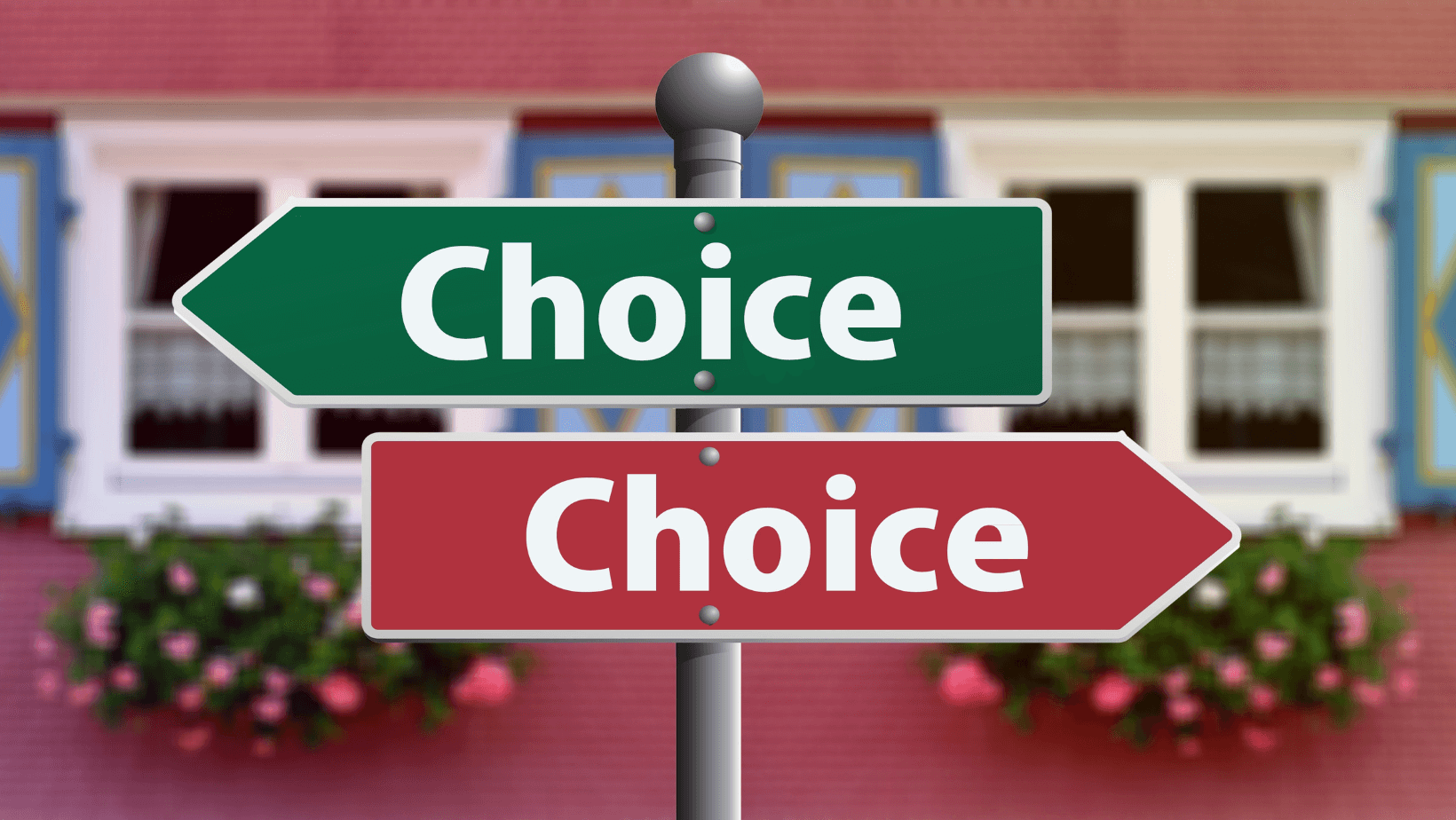Sorry about that! It looks like we’ve run out of stock for that product. Sign in below and we’ll send you an update when it’s back in stock.
20% DISCOUNT on your first order! Use the discount code "IMNEW20" at checkout!
When we look at the modern pet food aisle with its brightly coloured bags, clever branding, and promises of "complete and balanced" meals, it's easy to forget how recent this transformation really is. For thousands of years, animals ate what nature provided, but in the blink of an evolutionary eye, that all changed. What drove this shift wasn’t improved nutrition. It was war, industry, marketing, and convenience.
The Rise of Processed Pet Food
The years following World War II saw enormous societal changes. Populations were growing fast, women were entering the workforce in record numbers, and household convenience became the gold standard of modern living. Enter the processed food boom not just for humans, but for pets too.
Food manufacturers saw an opportunity: mountains of surplus grain, leftover meat by-products from the human food industry, and an emerging consumer base willing to trade freshness for shelf life. These ingredients weren’t chosen because they met dogs’ or cats’ evolutionary dietary needs. They were chosen because they were cheap, abundant, and easy to store.
This is where kibble was born. Tinned food and dry biscuits what we now know as commercial pet food weren’t rooted in nutrition. They were born out of a need to repurpose waste and respond to changing household habits. These foods were engineered for the supermarket shelf, not the animal's biological blueprint.

It wasn’t long before pet food companies realised they needed more than just convenience to win over the masses. They needed trust and so began one of the most effective marketing campaigns of the modern era.
Phrases like “scientifically formulated,” “complete and balanced,” and “vet-approved” became powerful tools. The implication was clear: fresh meat and bones were outdated, even dangerous. Kibble was modern, controlled, and safe.
Unfortunately, what was sold as progress was a departure from everything dogs and cats had evolved to eat. The result? A disconnect between what pets need and what they were being fed.
The Hidden Health Cost
As we leaned into convenience, pets began to suffer from conditions previously considered rare. Chronic skin allergies, dental disease, obesity, diabetes, and digestive disorders became increasingly common. Veterinary waiting rooms filled with animals facing long-term illness and often, no clear cause.
Processed pet foods are:
The answer, for many, became increasingly clear: "This isn’t what nature intended."
“People just deserve to experience this for themselves.”
Nettie Platt
Processed pet foods are:
• High in carbohydrates, despite dogs and cats having no biological requirement for them
• Cooked at extreme temperatures, destroying delicate enzymes and amino acids
• Bulked with fillers, preservatives, and synthetic vitamins
• Stripped of natural moisture, leading to dehydration and urinary issues especially in cats
Even at the height of kibble’s popularity, there were a few who never stopped feeding fresh. Traditionalists continued giving raw meat, bones, and organs to their animals not out of trend, but out of instinct and a understanding that that is what pet's should really eat.
They noticed the difference:
These observations didn’t need scientific validation. The animals were telling the truth through their health but this knowledge remained largely local, passed from person to person, tucked away among niche enthusiasts.
Nurturing by Nature: A Movement is Born
In the late 20th century, the shift toward raw feeding began to gain momentum. Once seen as outdated or fringe, raw feeding rapidly became a symbol of returning to nature. Pet owners could see the visible health differences in front of their eyes.
For our founder Nettie, the journey was deeply personal. She had researched and studied both animal and human nutrition for years, building powerful beliefs around natural diet. When her beloved Boxer Dog was diagnosed with cancer, she didn’t just want to manage illness she wanted to prevent it. She fed her pets in a way that honoured biology, not industry.
At Nurturing by Nature, we started our very own movement here in Dorset. From the family kitchen, we witnessed the visible transformation in our pets. Nettie just wanted more pet owners to experience the same joy she did a joy from seeing pets thrive with natural energy and bounce.
“People just deserve to experience this for themselves.” – Nettie Platt
Raw feeding has grown far beyond a grassroots trend. It’s backed by:
Nurturing by Nature was founded on values that emerged naturally not because raw feeding was popular, but because it works. We saw it with our own eyes:
Raw feeding is a return to truth. It’s about recognising that nature has already written the manual we just need to follow it.
Reclaiming Pet Health Naturally
Processed pet food might be convenient, but it’s not what our pets are built for. Evolution doesn’t pivot in decades like the latest fashions and neither should we.
By choosing raw, you're choosing:
Want to make the switch or learn more? Visit us at www.nurturingbynature.co.uk or speak with our team. We’ll walk beside you just like your pet does every day and we’ll continue to make the choices our customers would want us to make, as if they were standing beside us.